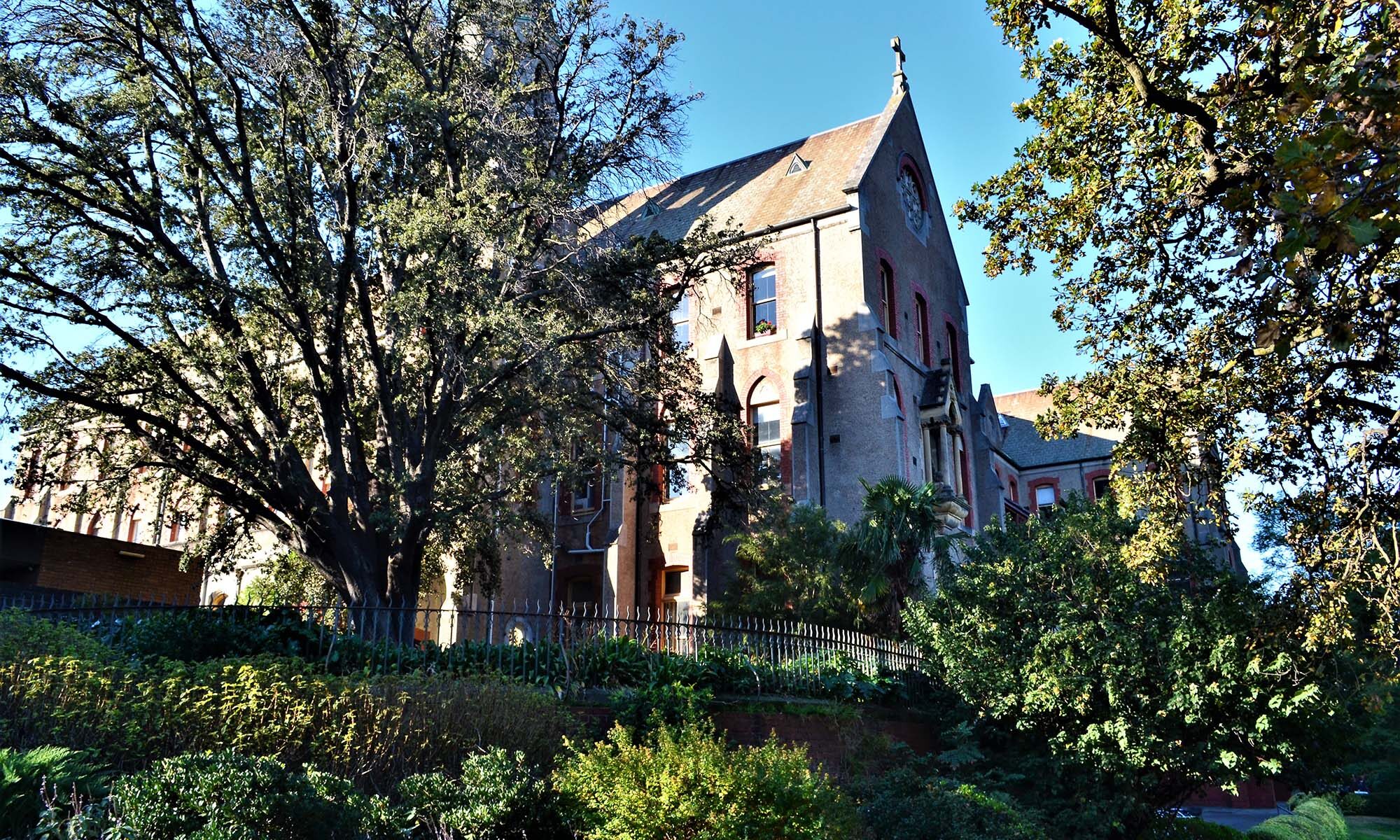
I journeyed out of the ‘wood today to North Carlton, and bought from Alice’s Bookshop two books which will stand this blog in good stead. My uncle had an Alice’s Bookshop addiction for a long time. Its owner is an old Cambridge man, a fact noted on his website, a bookseller for 20 years. The first was Bill Brodie and Brian McKinlay’s Collingwood and Fitzroy Sketchbook, published in 1978 when the Convent was still inhabited by nuns and the Eastern Freeway was just opened. It is a lovely hardback and has taught me some fascinating tidbits which I will feed you with over time. It is one of a series of 175 published in Adelaide as the Rigby Sketchbooks which also include Old Melbourne Hotels Sketchbook, River Yarra Sketchbook, and Richmond and East Melbourne Sketchbook.
The other was J.M. Freeland’s The Australian Pub; An Illustrated History of the Development of the Australian Pub from the 1790s to the Present one of the more interesting books to come off Melbourne University Press’s Presses. I declared to those I met for coffee at the Paragon Cafe that I was hitherto an amateur pubologist. The book was last owned by Thomas Hazell from 11 April 2005. Google suggests he is a Melbourne University fine arts academic and one-time president of the Dante-Aligheri Society.
And so I learned from Mr Freeland that the myth which I have come to know relatively recently about secret tunnels under The Tote is one of frequent occurrence: Continue reading “The Tote tunnels myth turns out to be common Aussie pub lore”


